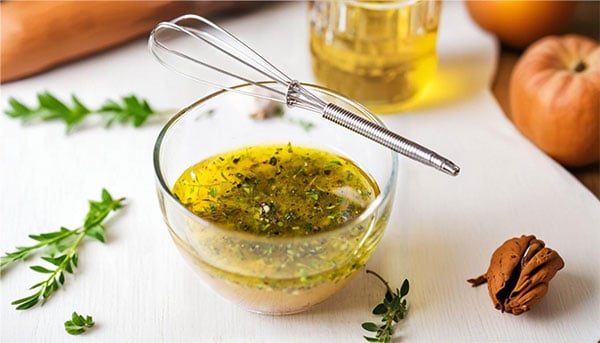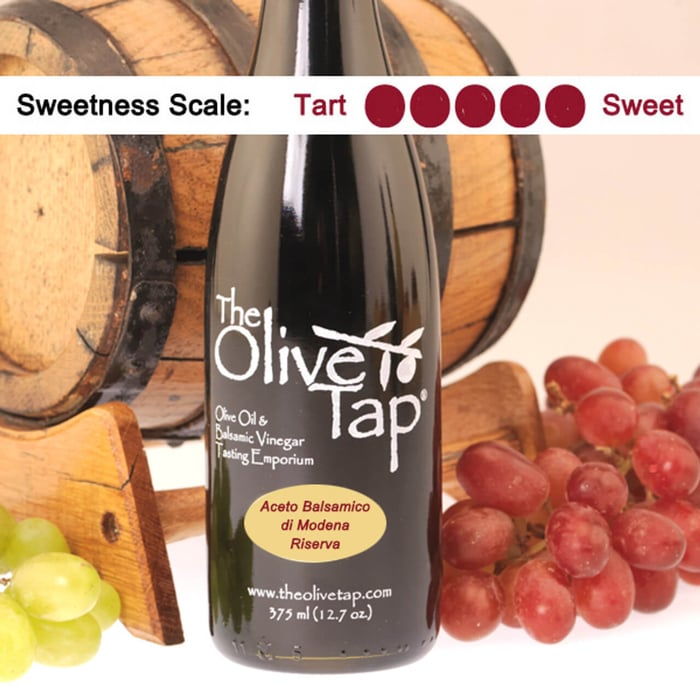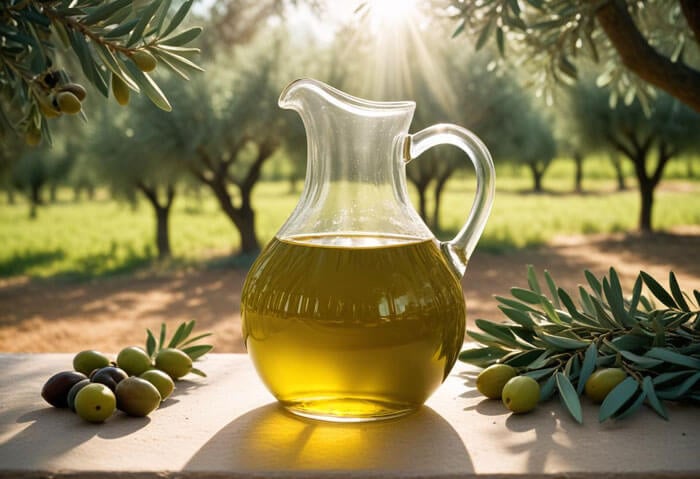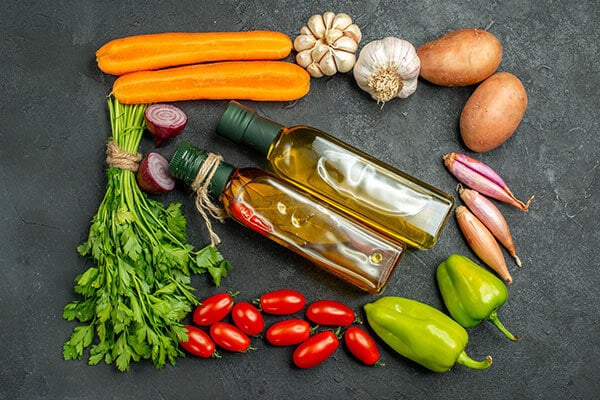Our Blog

Making The Perfect Vinaigrette
Vinaigrettes are one of a foodie’s basic kitchen and cooking elements. They are used in salads, on vegetables, and as both marinades and sauces on meats. Keeping in mind that oil and vinegar generally do not mix, we can take certain steps that help override that concept.
While some cooks struggle to make good vinaigrettes that “hold up”, they are easy to make provided you use proper technique. Here are some easy to follow guidelines that help you make world class vinaigrettes. Once you master the basic technique, you can start experimenting with different ingredients.
Step-by-Step Instructions for Making the Perfect Vinaigrette
- The most important step in making delicious vinaigrette is to start off with the highest quality ingredients you can find. Affordability shouldn’t be an issue, as the actual cost of a cup of the best quality, best tasting vinaigrette is pennies per serving more than one made with inferior, sometimes bad tasting ingredients.
- Select some base ingredients for flavor. I usually use shallots, but you can use onion and or garlic. Herbs, finely minced can be used as well to create a flavor base. About ¼ cup per 1 cup of combined vinegar and oil. An easy rule of thumb.
The flavor base amount is the same as the amount of vinegar used in a standard recipe. Place the flavor base in a glass or other non-reactive bowl big enough to not overflow when you whisk the oil and vinegar. I use a heavy 12 cup glass bowl to make 1 cup of vinaigrette. The size and weight of the bowl help keep it steady while I whisk in the oil.
Be sure to add 1 teaspoon of Dijon mustard per 1/3 cup of finished vinaigrette (1 Tablespoon to 1 full cup). The mustard helps hold the emulsion and is an important ingredient. - Add the acid/vinegar salt and pepper to the bowl and whisk to combine all the ingredients. We use a 3 to 1 ratio of vinegar to oil as a starting point. Many Olive Tap customers report using 2 to 1, and a few even use 1 to 1 as a way of reducing the calories. Start off with a 3 to 1 ratio of oil to vinegar (3/4 cup oil to ¼ cup vinegar) and adjust your oil downward until you accomplish your desired ratio.
- Very slowly add the oil to the vinegar mix while whisking vigorously. You can’t pour the oil too slowly, but you can add it too fast. Most vinaigrette that fails to emulsify do so because the cook was in a hurry and added the oil quickly, or did not whisk quickly enough. Adding your oil in a slow steady stream while whisking appropriately will result in smooth and creamy finished vinaigrette.

Olive Tap Strawberry Vinaigrette
Ingredients:
- 1 Shallot, trimmed and finely minced
- 1 Tablespoon prepared Dijon mustard
- 1/4 cup Olive Tap Strawberry Balsamic Vinegar or Strawberry White Balsamic Vinegar
- 3/4 tsp sea salt
- 1/4 tsp freshly ground black pepper
- 3/4 cup Olive Tap Sorrento Lemon Olive Oil or Meyer Lemon Olive Oil
Preparation:
Place minced shallot and Dijon mustard into a non-reactive bowl. Put balsamic vinegar, sea salt and ground black pepper into the bowl and whisk to mix well. Very slowly add the olive oil while whisking vigorously until all the oil is incorporated and the vinaigrette smooth and creamy. Store excess in a covered container in the refrigerator for up to 4 days.
Note: You can easily vary the oil and vinegar selections to make other flavored vinaigrettes. See our “Perfect Pairings” list for more for ideas.
Salad Greens with Strawberries and Pine Nuts
Ingredients:
- 1 package, 8 oz Baby Spring Mix (can substitute baby spinach)
- 1 pint strawberries, tops removed and halved
- 2 ripe avocados peeled and cut into quarters
- 1 small sweet onion, sliced into thin rings
- 8 oz. feta cheese coarsely crumbled
- 4 oz. Pine nuts
- 1/2 cup Olive Tap Strawberry Vinaigrette Dressing
Preparation:
Using 4 or 6 salad plates, arrange greens, etc. evenly on each plate. Be sure to crumble cheese and sprinkle with the pine nuts. Top with Strawberry Vinaigrette Dressing.
Want more recipes for making the perfect vinaigrette? Click here!
Believe it or not, you just might transform salads in your household and maybe many Olive Tap Customers for years to come!



